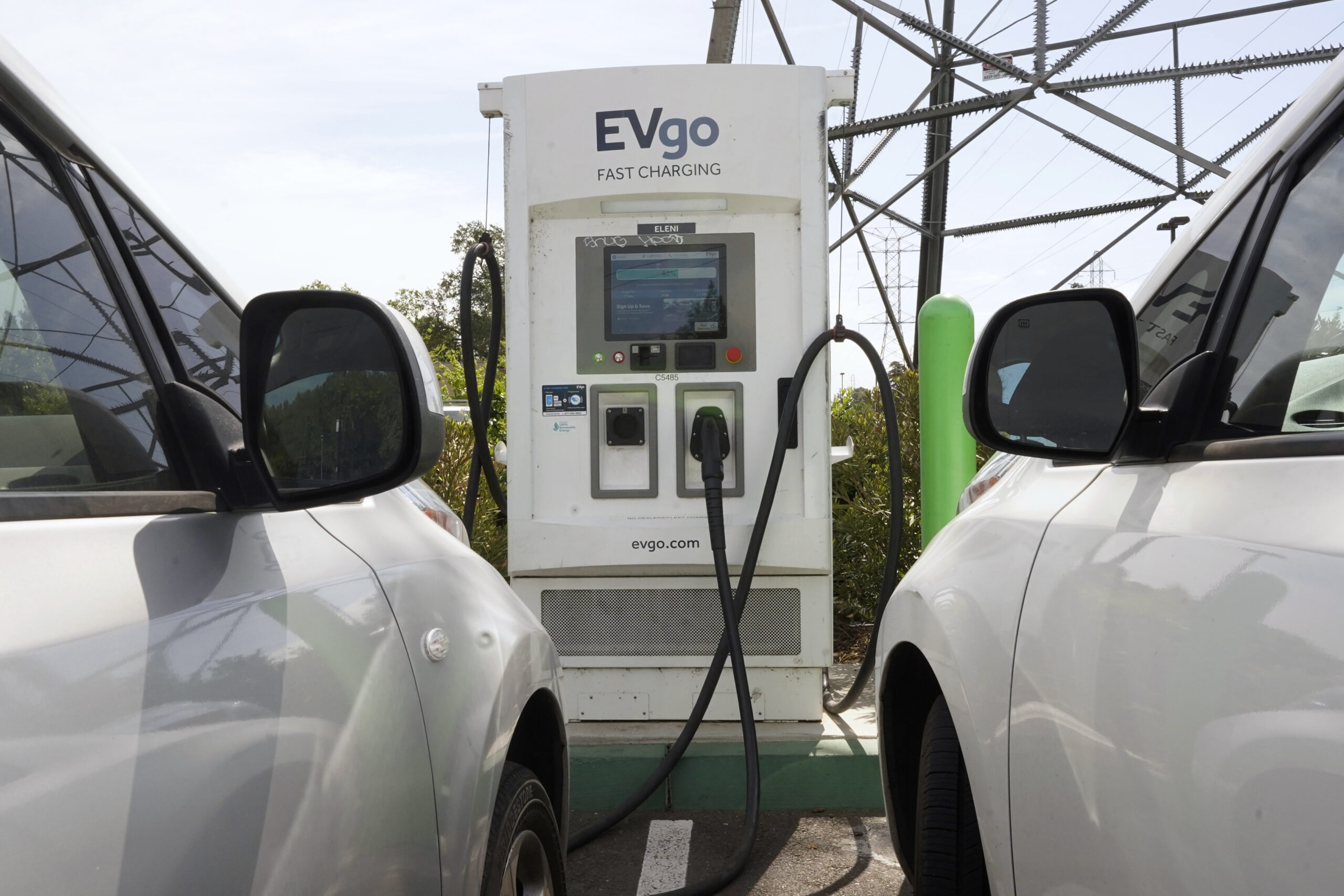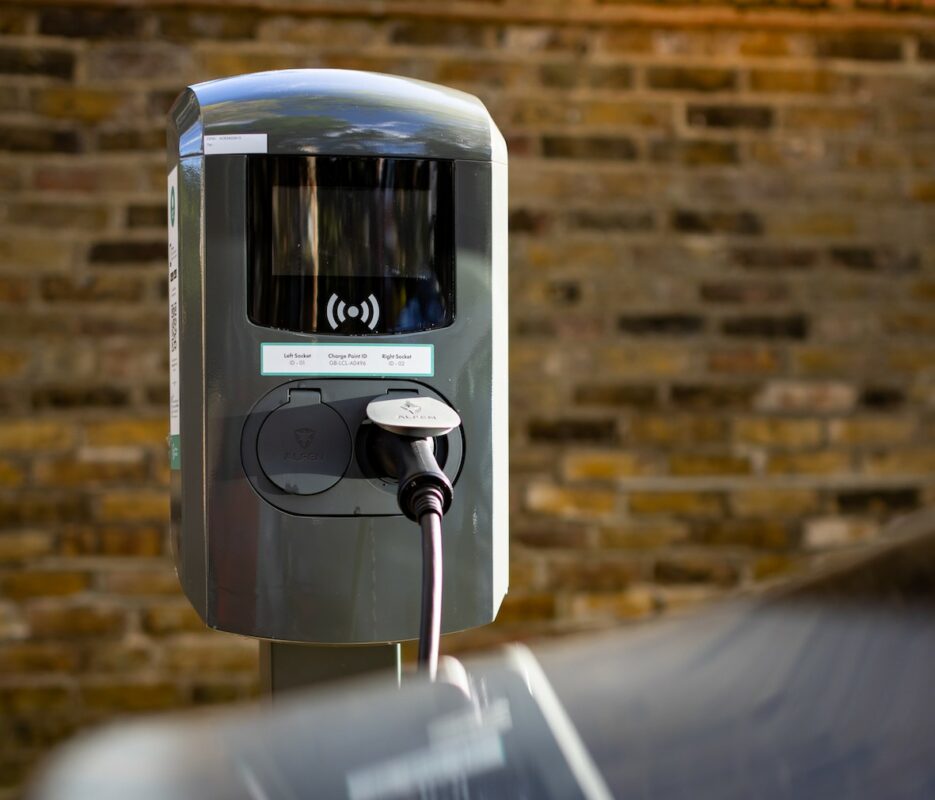How to Stay Updated on Industry Developments When You Buy EV Charging news
How to Stay Updated on Industry Developments When You Buy EV Charging news
Blog Article
Leading EV Charging News: Secret Updates on Framework and Innovation

Current Improvements in Fast-Charging Modern Technology

In addition, developments in battery modern technology, including enhanced thermal monitoring systems and higher energy thickness batteries, complement fast-charging abilities. These growths mitigate the danger of battery destruction during fast charging, making certain longevity and performance for EV proprietors.
Additionally, the integration of wise billing solutions is improving customer experience, enabling real-time tracking and dynamic rates models. EV Charging news. This flexibility enables motorists to maximize billing times and costs based on grid need
As car manufacturers proceed to spend in fast-charging networks, the collaboration between industry stakeholders is important. Collaborations in between billing terminal providers and automotive producers are leading the way for comprehensive coverage, ultimately fostering a much more robust EV community. These improvements are essential in sustaining the change to lasting transport.
Government Efforts for Charging Expansion
Government efforts play an essential duty in the development of electrical automobile (EV) charging facilities, helping with the transition to sustainable transport. Numerous government and state programs are being carried out to improve charging accessibility, lower the economic problem on consumers, and promote the fostering of electrical cars.
Notably, the U.S. federal government has assigned considerable funding through the Framework Financial Investment and Jobs Act, which allocates $7.5 billion for EV charging network advancement across the nation. This financing is focused on releasing countless new billing stations, particularly in underserved locations, thus addressing array stress and anxiety among prospective EV buyers.
In addition, many states are enacting regulation to improve the allowing process for billing station installments, which is important for accelerating release. Incentives such as tax obligation debts and refunds for both customers and companies are additionally being introduced to urge the installation of billing framework.
Additionally, public-private collaborations are progressively coming to be a focus, leveraging personal financial investment to enhance government funding. These campaigns underscore a collective strategy vital for constructing a reliable and comprehensive EV charging network, inevitably adding to a greener and more sustainable future.
Cutting-edge Battery Solutions Enhancing Efficiency
Transforming the landscape of electrical vehicle (EV) innovation, cutting-edge battery remedies are significantly improving effectiveness and efficiency. Breakthroughs in battery chemistry, particularly with lithium-sulfur and solid-state batteries, are leading to boosted power thickness, which allows for longer ranges and faster charging times. These brand-new battery kinds have the possible to surpass standard lithium-ion batteries by supplying greater abilities while reducing weight, thus enhancing general automobile performance.
Moreover, developments in battery management systems (BMS) are enhancing energy use and extending battery lifespan. Smart formulas monitor battery health and wellness and performance, allowing real-time adjustments to charging and releasing procedures. This not just improves the effectiveness of the battery yet additionally makes certain an extra lasting and reputable energy source for EVs.
Furthermore, the assimilation of reusing innovations is addressing the ecological influence of battery production and disposal. Developments in second-life applications for EV batteries are promoting their usage in energy storage space systems, adding to a circular economy.
As these cutting-edge battery options continue to advance, they assure to transform the EV market, making electric automobiles much more attractive and available to a more comprehensive audience while sustaining worldwide sustainability goals.

Collaboration In Between Automakers and Billing Networks
Identifying the critical need for a robust billing facilities, automakers are progressively working together with charging network carriers to boost the EV ownership experience (EV Charging news). These collaborations intend to develop a smooth billing environment that profits consumers and supports the shift to electric cars
Major automobile brands are signing up with pressures with well-known billing networks to broaden their billing terminal protection, making sure drivers have accessibility to practical and reputable charging alternatives. As an example, partnerships with networks like ChargePoint and Electrify America allow car manufacturers to incorporate charging solutions straight right into their cars' navigation systems, leading individuals to the closest stations and giving real-time accessibility updates.
Additionally, these collaborations commonly result in the growth of fast-charging innovations that significantly minimize the time needed to reenergize an EV. By pooling sources and know-how, automakers and billing networks can introduce quicker, developing services that fulfill the growing demand for electrical mobility.
Furthermore, joint initiatives may additionally lead to even more standard charging procedures, which can relieve consumer complication and advertise broader EV adoption. On the whole, these strategic alliances are crucial in building a effective and straightforward billing framework that meets the needs of an expanding electric automobile market.
Obstacles Facing EV Charging Facilities
As the electric automobile market remains to expand, several challenges are surfacing that impede the growth of a thorough charging infrastructure. One of the primary challenges is the inadequate variety of billing terminals, especially in country and underserved city locations. This void develops array anxiousness amongst possible EV customers, preventing them from making the button.
Furthermore, the lack of standardization accountable technology makes complex the framework landscape. Variants in plug kinds and billing speeds can produce confusion for individuals and boost operational complexities for billing network operators. Moreover, the combination of billing stations into existing electrical grids poses substantial obstacles. Many regions encounter capability restrictions, requiring significant financial investments in grid upgrades to fit enhanced need.
One more pushing problem is the high cost related to the setup and upkeep of charging terminals, which see this page can be an obstacle for both private organizations and public entities. Regulative hurdles and zoning limitations can postpone the implementation of billing infrastructure, hampering progress in broadening essential solutions. Addressing these difficulties will certainly be important for cultivating a robust EV environment that sustains the transition to sustainable transport.
Final Thought
In verdict, the ongoing developments in EV billing innovation, sustained by substantial federal government initiatives and over at this website innovative battery services, are vital for the development and performance of electrical vehicle infrastructure. Collaborations between automakers and charging companies additionally improve terminal protection, attending to the expanding demand for available charging choices. Despite challenges that persist within the EV charging landscape, these growths indicate a favorable trajectory in the direction of a much more efficient and lasting electrical automobile environment.
Advancements in charging infrastructure have actually led to the growth of ultra-fast battery chargers capable of supplying up to 350 kW of power, significantly lowering billing times. Variants in plug kinds and billing rates can produce complication for individuals and boost functional complexities for charging network drivers.In final thought, the continuous developments in EV charging modern technology, sustained by significant federal government efforts and innovative battery solutions, are critical for the growth and efficiency of electrical automobile infrastructure. Cooperations between car manufacturers and billing service providers better improve station protection, dealing with the expanding demand for obtainable charging alternatives. In spite of obstacles that persist within the weblink EV billing landscape, these developments symbolize a positive trajectory in the direction of a more effective and lasting electric automobile ecosystem.
Report this page